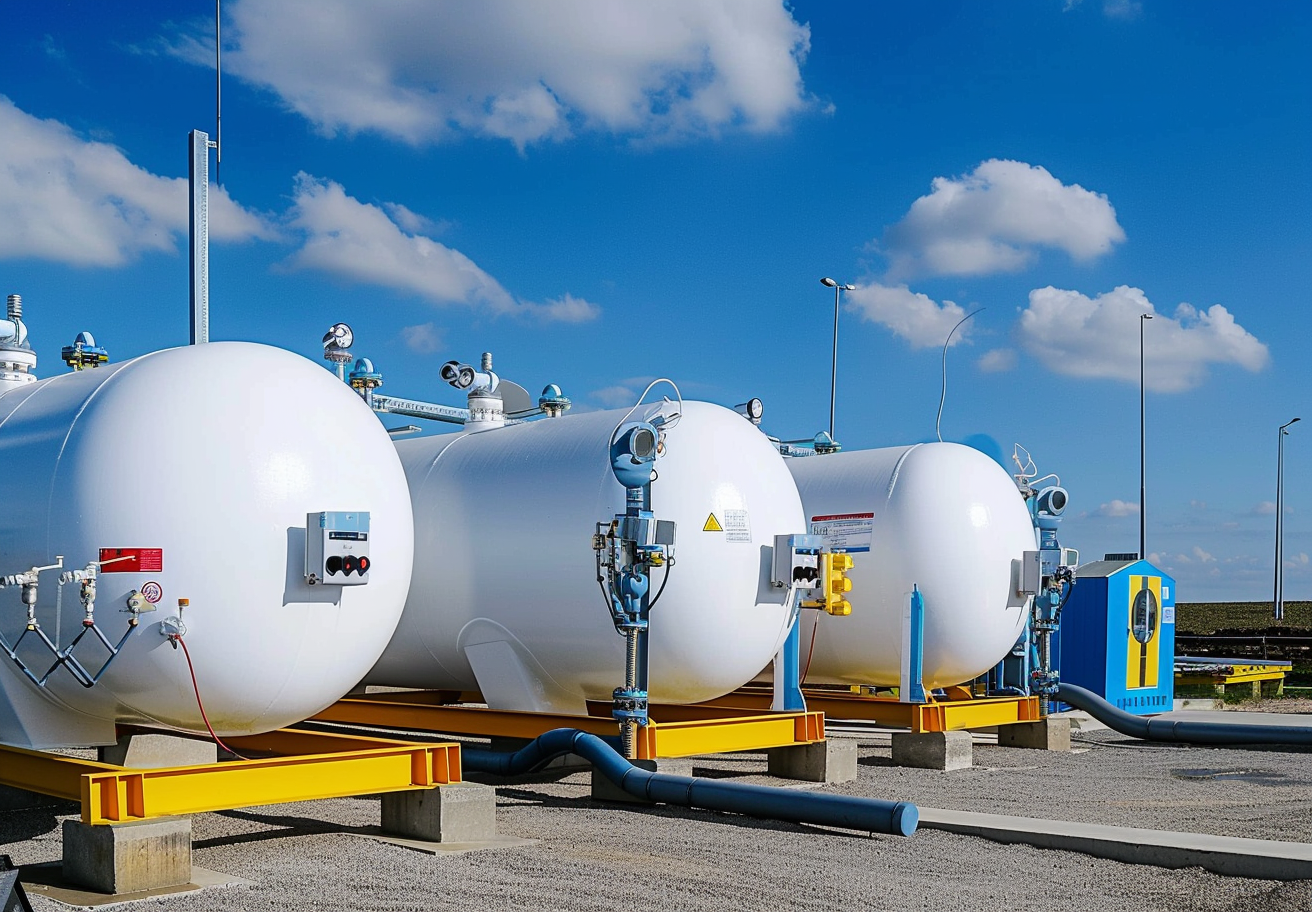Rare earth metals, also known as rare earth elements (REEs), have unique properties that make them essential for various technological applications. One such application is the use of rare earth metals as modifiers of eutectic silicon in aluminum-silicon (Al-Si) alloys. In this article, we will discuss the importance of rare earth metals in eutectic silicon modification and their role in improving the mechanical properties of the material.
Eutectic silicon is a common constituent in Al-Si alloys used in the automotive industry for engine components, such as cylinder heads and pistons. The morphology of eutectic silicon can significantly affect the mechanical properties and performance of the material. Eutectic silicon modification involves adding small amounts of alloying elements to control its morphology and improve the alloy's mechanical properties.
![]()
Morphology of eutectic silicon on Al-9Si-0.5Mg alloy with different addition of Y: (a) 0%Y, (b) 0.2%Y, and (c) 0.5%Y. Sheng, Meng & Tao, Zhendong & Jia, Peng & Leng, Jinfeng & Geng, Haoran. (2014). Effects of Y and Y Combined with Al-5Ti-1B on the Microstructure and Mechanical Properties of Hypoeutectic Al-Si Alloy. JOM: the journal of the Minerals, Metals & Materials Society. 67. 330-335. 10.1007/s11837-014-1199-1.
Rare earth metals, such as cerium (Ce), lanthanum (La), and yttrium (Y), are effective modifiers of eutectic silicon in Al-Si alloys. These metals have a high affinity for oxygen and can react with oxygen in the alloy to form rare earth oxide particles. These oxide particles act as nucleation sites for the eutectic silicon, promoting the formation of a fine and uniform distribution of silicon particles.
In addition to promoting the formation of silicon particles, the addition of rare earth metals to the Al-Si alloy also results in the formation of intermetallic compounds, such as Al11Ce3 and Al2Y. These intermetallic compounds can enhance the alloy's strength, hardness, and wear resistance, making it suitable for high-performance applications.
Al-Si alloys modified with rare earth metals have been used in various high-performance applications, such as aerospace components, marine equipment, and sports equipment. For example, Al-Si alloys modified with cerium have been used in the production of aircraft engine components due to their excellent wear resistance and high-temperature strength.
The impact of rare earth metals on the environment is multifaceted. On the one hand, the production process of rare earth metals may have negative impacts on the environment, including pollution of water, soil and air. On the other hand, the use of rare earth metals in eutectic silicon modification can reduce the amount of other alloying elements required for the process, thereby reducing the overall environmental impact of the production process.
Overall, rare earth metals play a crucial role in the eutectic Si modification of Al-Si alloy, resulting in alloys with higher mechanical properties. However, the environmental impact of rare earth metal production needs to be considered and ways to mitigate its negative impacts explored.
For more information about rare earth materials, please visit our homepage.
Eric Loewen
Eric Loewen graduated from the University of Illinois studying applied chemistry. His educational background gives him a broad base from which to approach many topics. He has been working with topics about advanced materials for over 5 years at Stanford Materials Corporation (SMC). His main purpose in writing these articles is to provide a free, yet quality resource for readers. He welcomes feedback on typos, errors, or differences in opinion that readers come across.

 Inquiry List
Inquiry List

